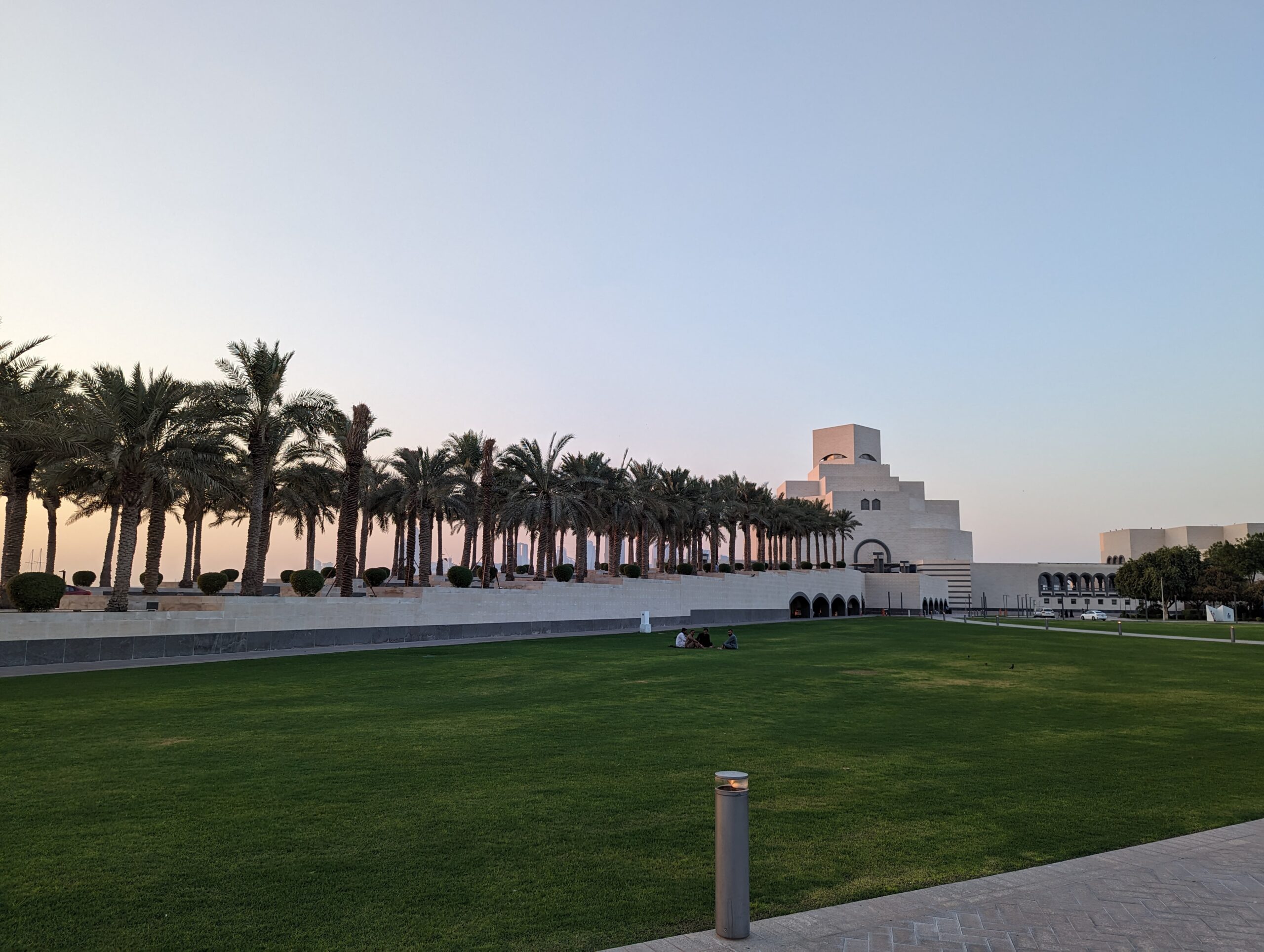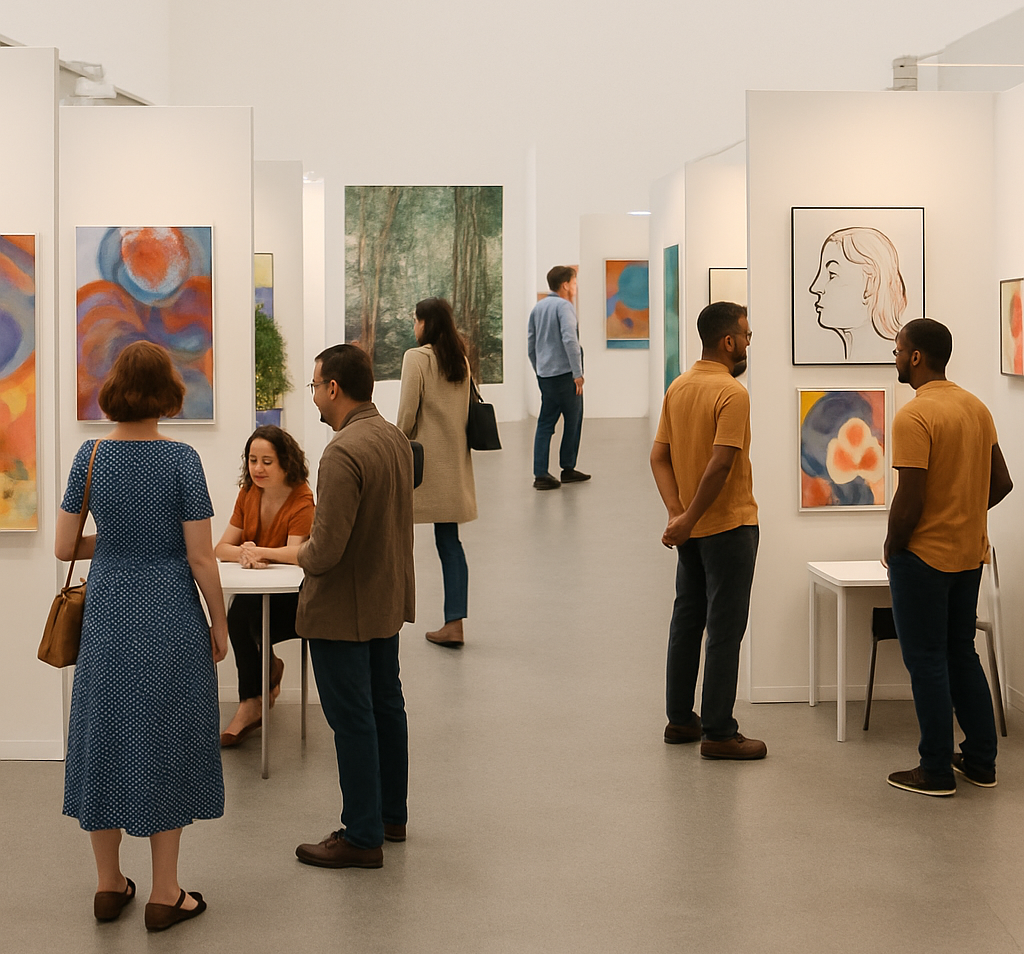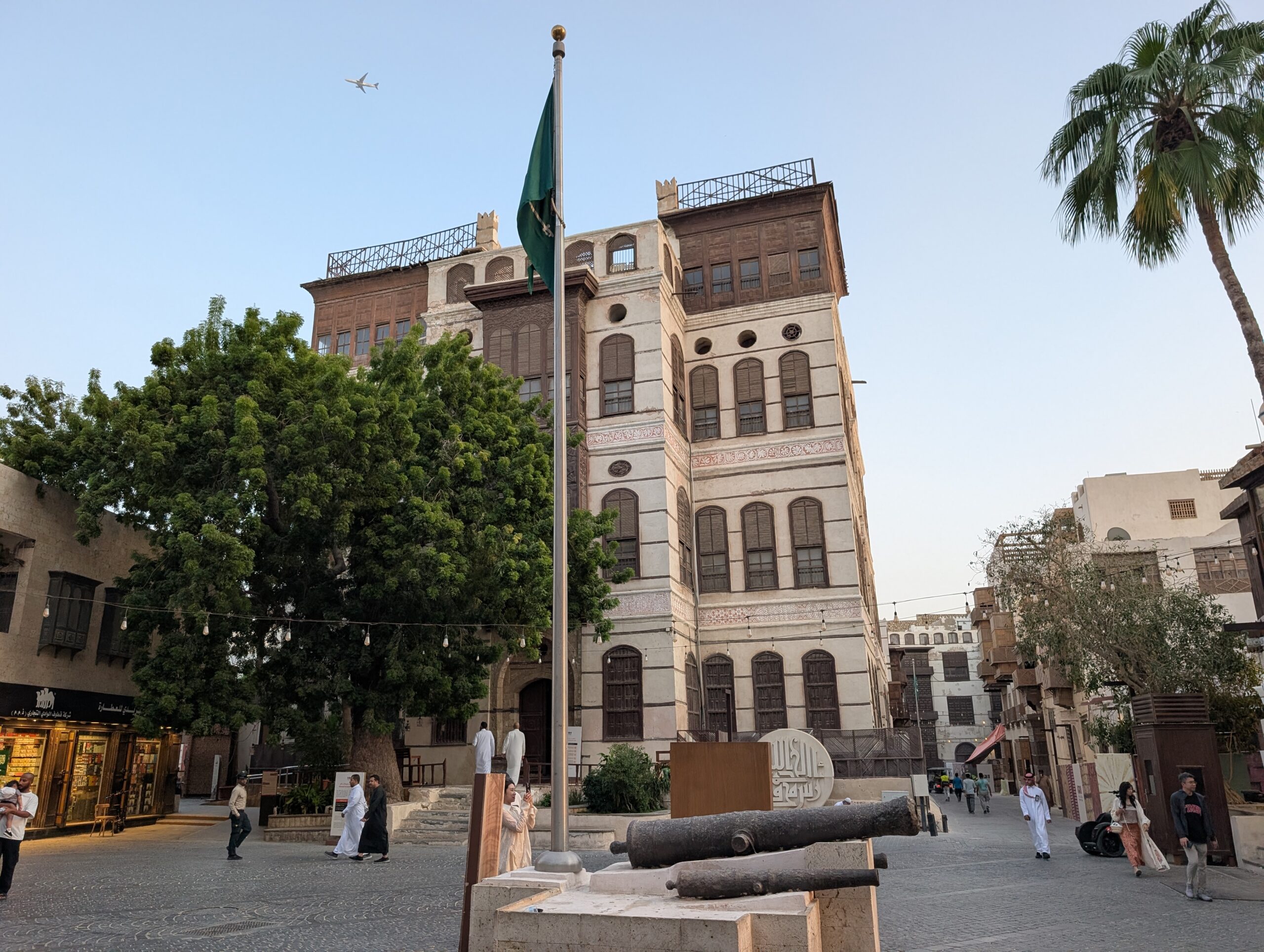The art world is increasingly embracing sustainability, and art fairs are no exception. As large-scale events that bring together artists, galleries, collectors, and art enthusiasts, art fairs have a significant environmental impact. However, by adopting sustainable practices, art fairs can reduce their carbon footprint, minimize waste, and set an example for the industry. This article explores how art fairs can implement eco-friendly solutions, highlights examples of fairs leading in sustainability, and discusses how “The Art Fair Guy” & scan.art can assist in making these events more sustainable.
Why Sustainability Matters for Art Fairs
Art fairs are intensive operations that typically involve high energy consumption, significant waste generation, and the transportation of artworks and people from around the globe. As awareness of climate change and environmental degradation grows, there’s a pressing need for the art industry to adopt sustainable practices. By doing so, art fairs can:
- Reduce their carbon footprint – Lower energy consumption, sustainable materials, and waste reduction contribute to minimizing environmental impact.
- Enhance their reputation – Fairs that lead in sustainability can attract environmentally conscious participants and visitors.
- Set industry standards – By pioneering sustainable practices, art fairs can influence the broader art community to follow suit.
Key Sustainable Practices for Art Fairs
1. Waste Reduction and Recycling
Waste generation is a significant concern for art fairs, from artwork packaging, booth construction materials to disposable food and drink containers. Implementing waste reduction strategies is crucial for minimizing the environmental impact of these events.
- Sustainable Artwork Packaging: Encouraging exhibitors to use reusable, recyclable, or biodegradable materials for wrapping and packaging artworks can drastically reduce waste. Ideally Artwork Packaging can be reused for future exhibitions and art fairs.
- Comprehensive Recycling Programs: Providing clearly labeled recycling stations throughout the fairgrounds encourages proper waste disposal and recycling. Some fairs have also started using compostable materials for food service, further reducing waste.
2. Energy-Efficient Lighting
Lighting is a major energy consumer at art fairs, but there are ways to make it more sustainable.
- LED Lighting: Replacing traditional incandescent bulbs with LED lighting can significantly reduce energy consumption. LED lights not only use less energy but also have a longer lifespan, reducing the need for frequent replacements.
- Smart Lighting Systems: Implementing smart lighting systems that adjust brightness based on natural light and occupancy can further optimize energy use. Some art fairs are also exploring renewable energy sources, such as solar panels, to power their events.
3. Sustainable Transportation
The transportation of artworks and participants to art fairs contributes to carbon emissions. Sustainable transportation options are essential for reducing the fair’s overall environmental impact.
- Carbon Offsetting: Some art fairs offer carbon offsetting options for exhibitors and visitors. This involves investing in environmental projects that reduce carbon emissions, such as reforestation or renewable energy initiatives.
- Encouraging Public Transport: Providing shuttle services from major transport hubs and promoting the use of public transportation can reduce the number of private vehicles traveling to the fair. Additionally, offering bike racks and incentives for cycling can encourage eco-friendly travel.
4. Sustainable Solutions from scan.art
scan.art is at the forefront of promoting sustainability in the art world, offering innovative solutions that reduce the environmental impact of art fairs.
- Digital Guides and Catalogs: scan.art provides digital guides and catalogs accessible via smartphones, eliminating the need for printed materials. This not only reduces paper waste but also enhances the visitor experience by offering interactive and up-to-date information.
- Contactless Information Access: Visitors can scan artworks using their smartphones to access detailed information, avoiding the need for printed price tags and labels. This reduces paper use and creates a cleaner, more modern exhibition space.
- Data-Driven Insights: With scan.art’s analytics, fair organizers can track visitor engagement and optimize layouts and resource allocation, further improving the fair’s efficiency and sustainability.
For more on how scan.art supports sustainable and accessible art fairs, explore how scan.art promotes sustainable and accessible art fairs.
Examples of Art Fairs Leading in Sustainability
Several art fairs around the world are pioneering sustainable practices, setting a standard for others to follow.
- Art Basel has implemented a comprehensive sustainability strategy, including energy-efficient lighting, waste reduction programs, and encouraging exhibitors to use sustainable materials for booth construction.
- Frieze Art Fair has committed to reducing its carbon footprint by using 100% renewable energy, offering recycling stations throughout the event, and promoting the use of public transportation for visitors.
- Art Dubai has taken steps to reduce waste and energy consumption, including the use of LED lighting and sustainable booth designs. The fair also engages with local communities to promote environmental awareness.
For more on how art fairs are embracing sustainability, check out Art Fairs Go Green at Last.
How The Art Fair Guy Can Help
As an expert in the art fair industry, “The Art Fair Guy” offers specialized consultation services to help art fairs adopt sustainable practices. With extensive experience in organizing and optimizing art events, The Art Fair Guy can assist with:
- Sustainability Planning: Developing a comprehensive sustainability strategy tailored to the specific needs of your art fair.
- Vendor and Exhibitor Coordination: Ensuring that all participants understand and adhere to the event’s sustainability goals, from booth design to waste management.
- Energy and Resource Optimization: Identifying opportunities to reduce energy consumption and waste, including recommendations for sustainable materials and practices.
- Sustainability Audits: Conducting audits to assess the environmental impact of your event and providing actionable insights for improvement.
By partnering with The Art Fair Guy, you can ensure that your art fair not only meets but exceeds sustainability standards, creating a positive impact on both the environment and the art community.
Conclusion
Sustainable practices are becoming increasingly important in the art world, and art fairs have a crucial role to play in this movement. By adopting strategies to reduce waste, optimize energy use, and promote sustainable transportation, art fairs can significantly reduce their environmental impact. With innovative solutions like those offered by scan.art and expert guidance from The Art Fair Guy, the path to a more sustainable future for art fairs is clear.
Embrace sustainability in your next art fair and contribute to a greener, more responsible art world.
To learn more about Sustainability in the Art World, read our Comprehensive Guide about Sustainability in the Art World:
https://www.theartfairguy.com/sustainability-in-the-art-world-a-comprehensive-guide/





